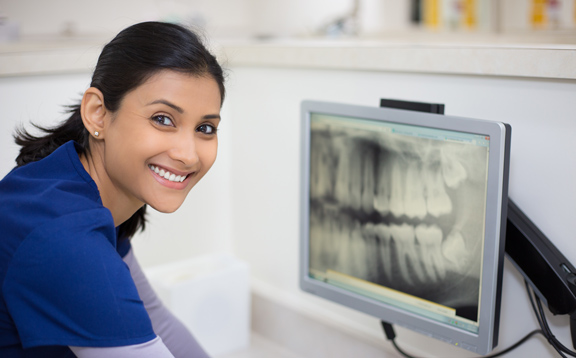Dental Hygienist
Healthcare & Medical Technology Careers
Average Salary (US)
$77,810
PROJECTED JOB OUTLOOK 2020-30
11%
Source: Bureau of Labor Statistics, U.S. Department of Labor, Occupational Outlook Handbook, Dental Hygienists, at https://www.bls.gov/ooh/healthcare/dental-hygienists.htm


